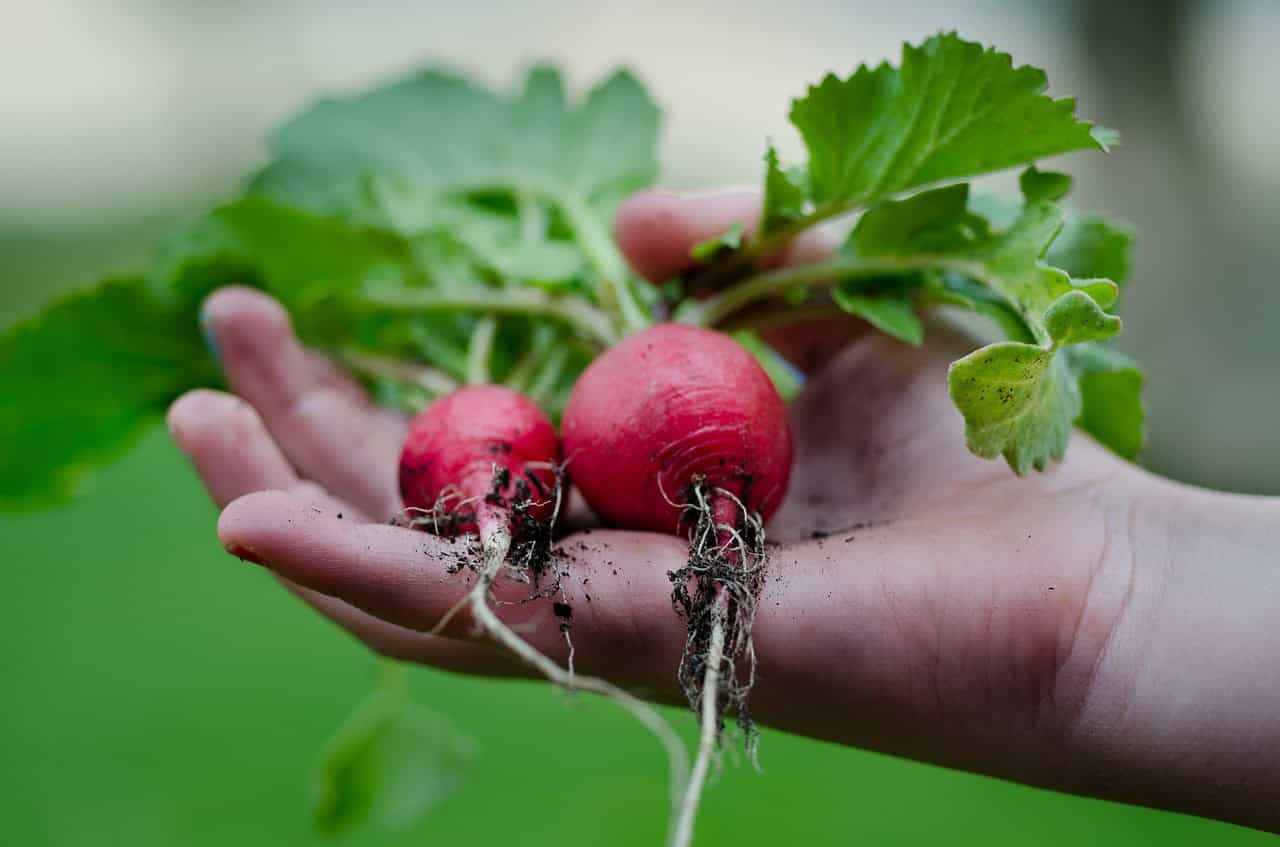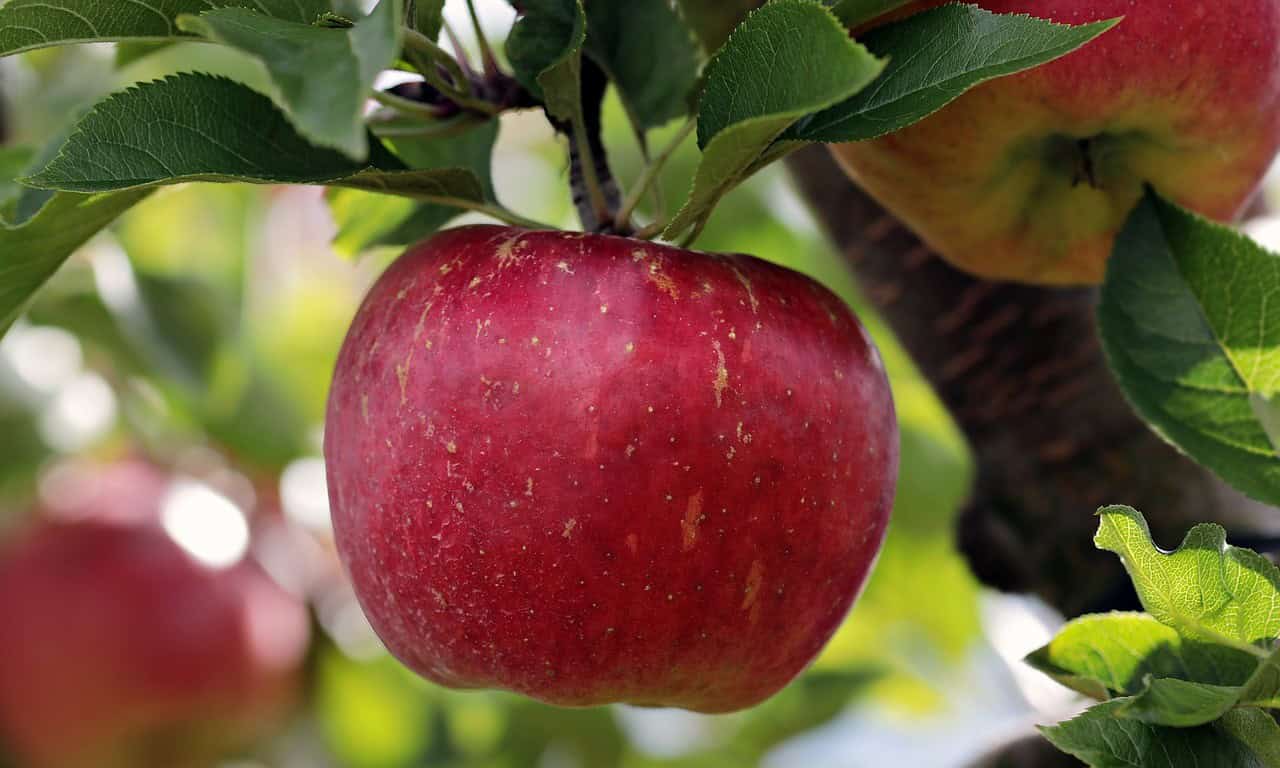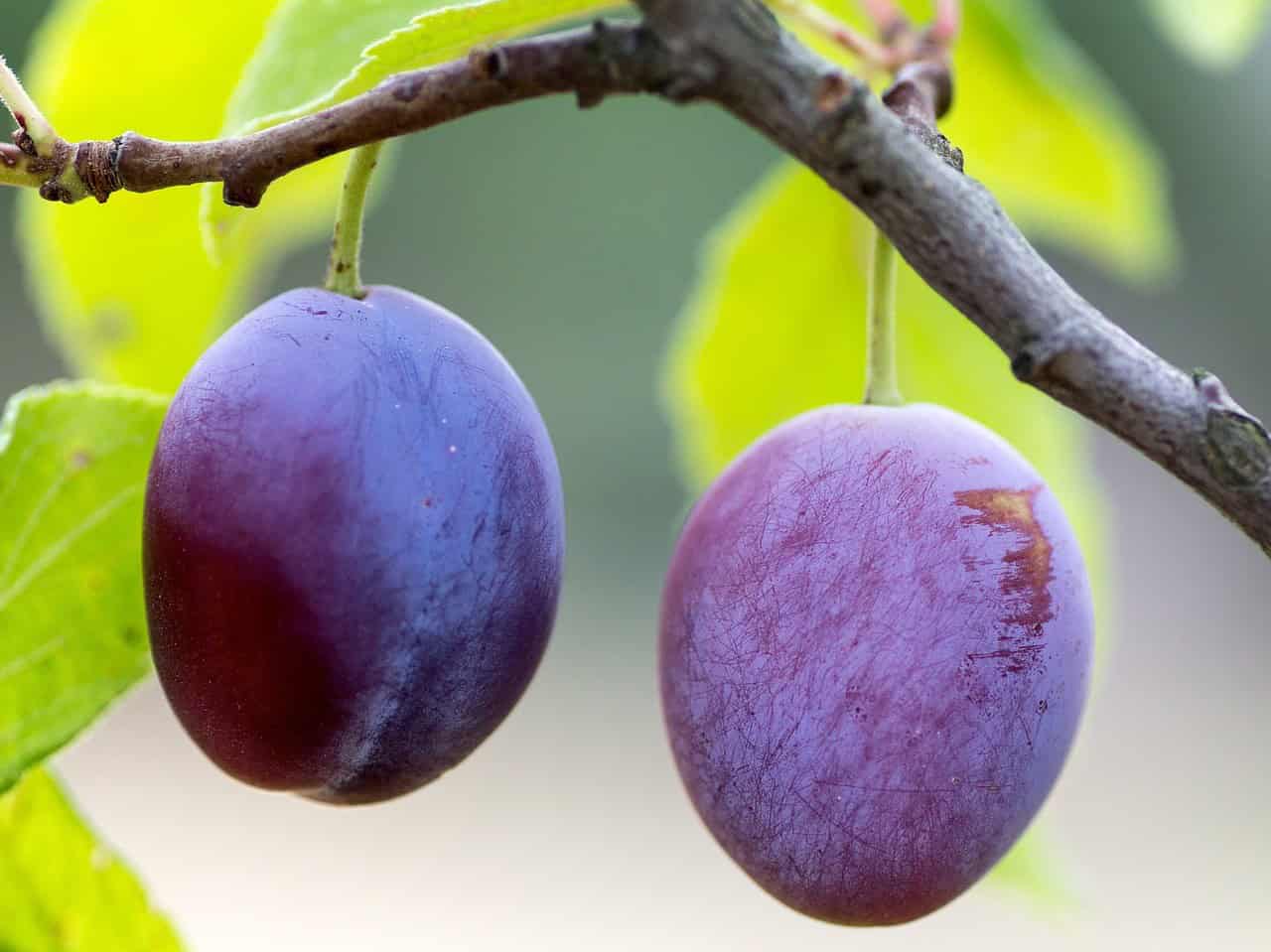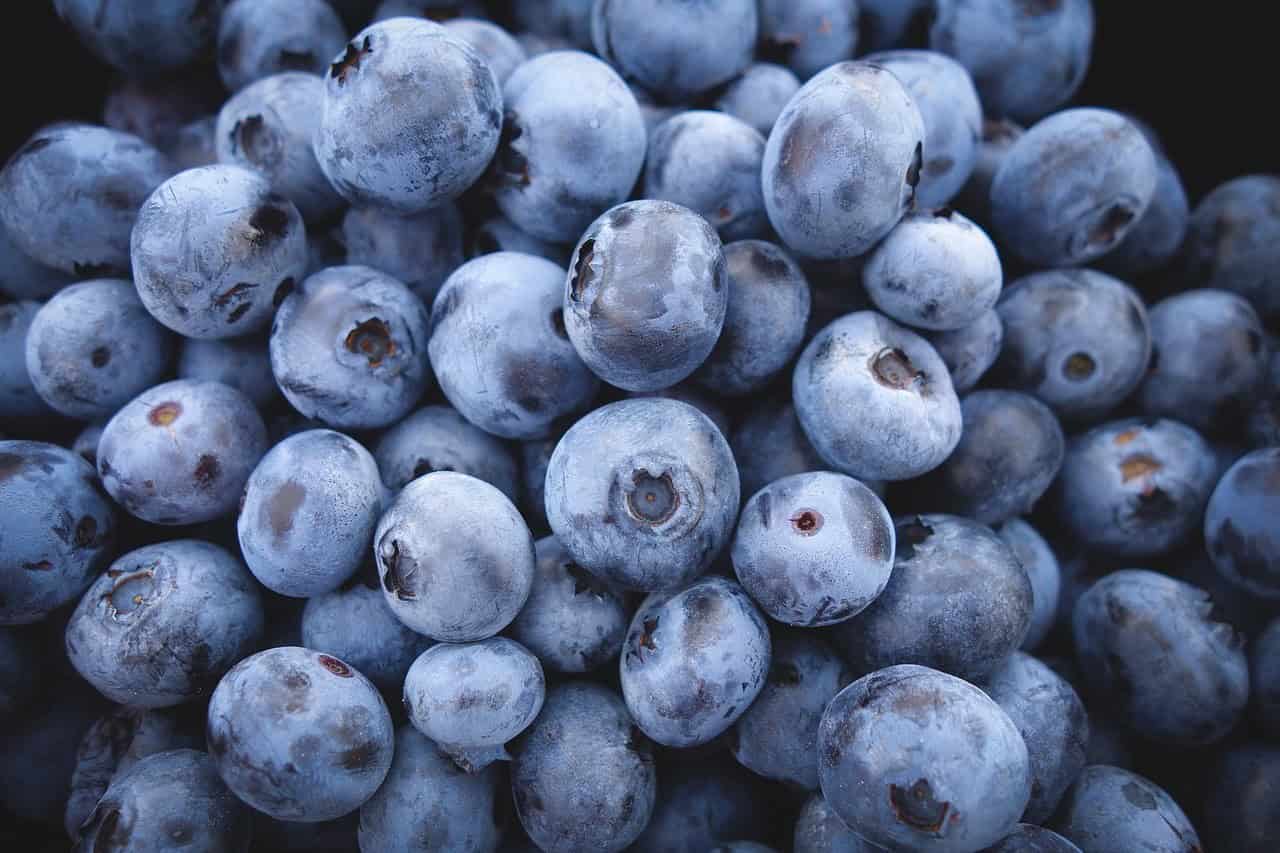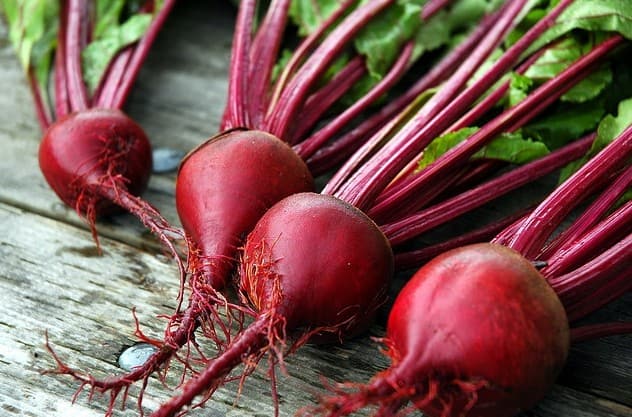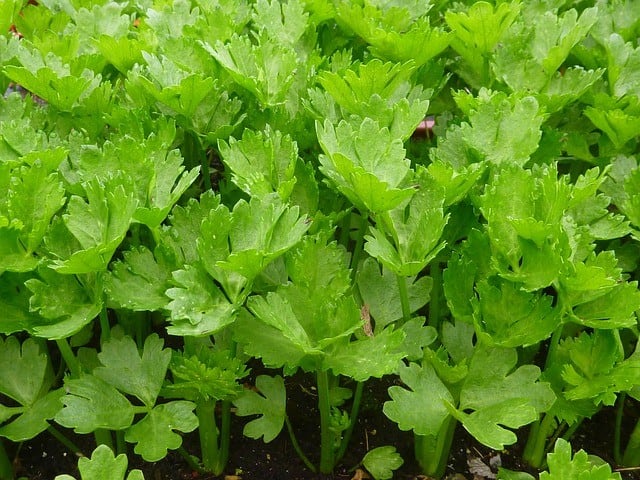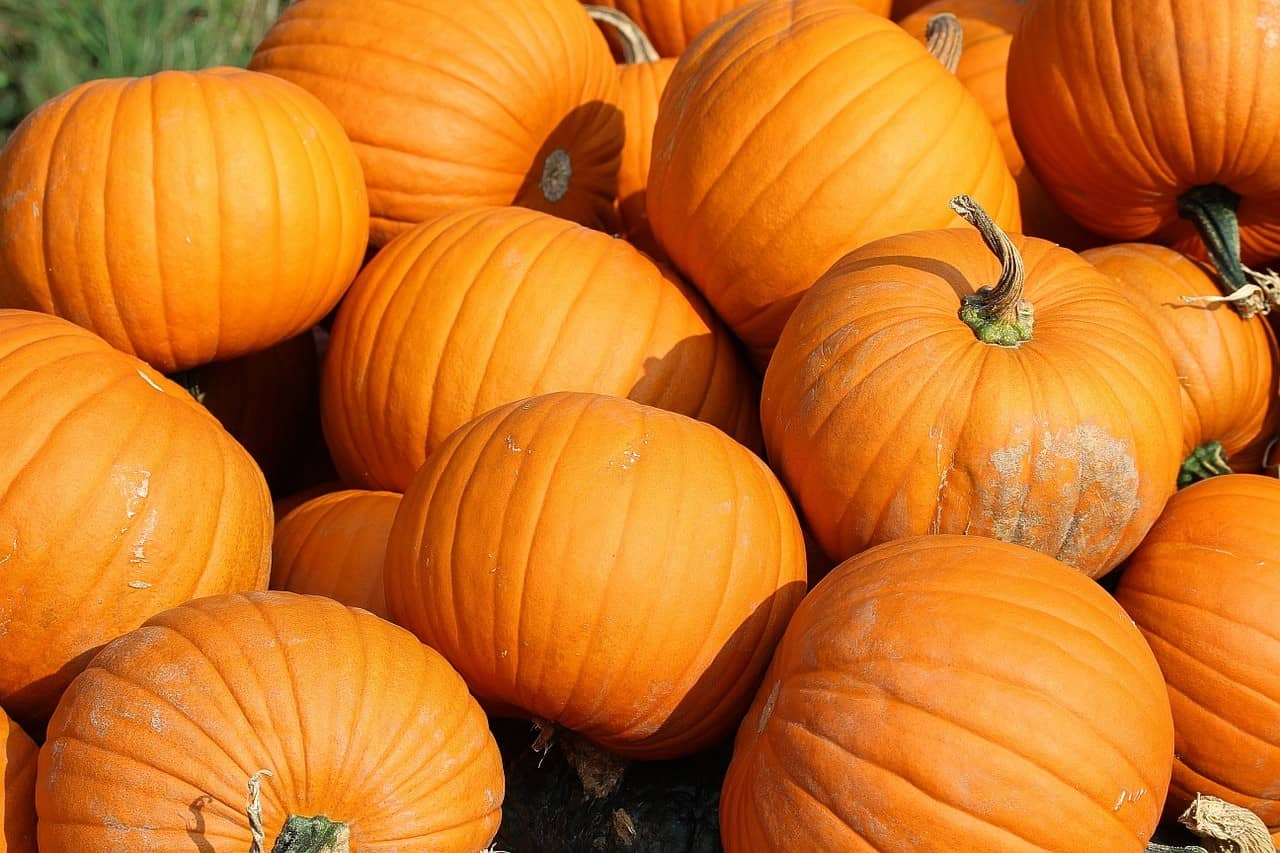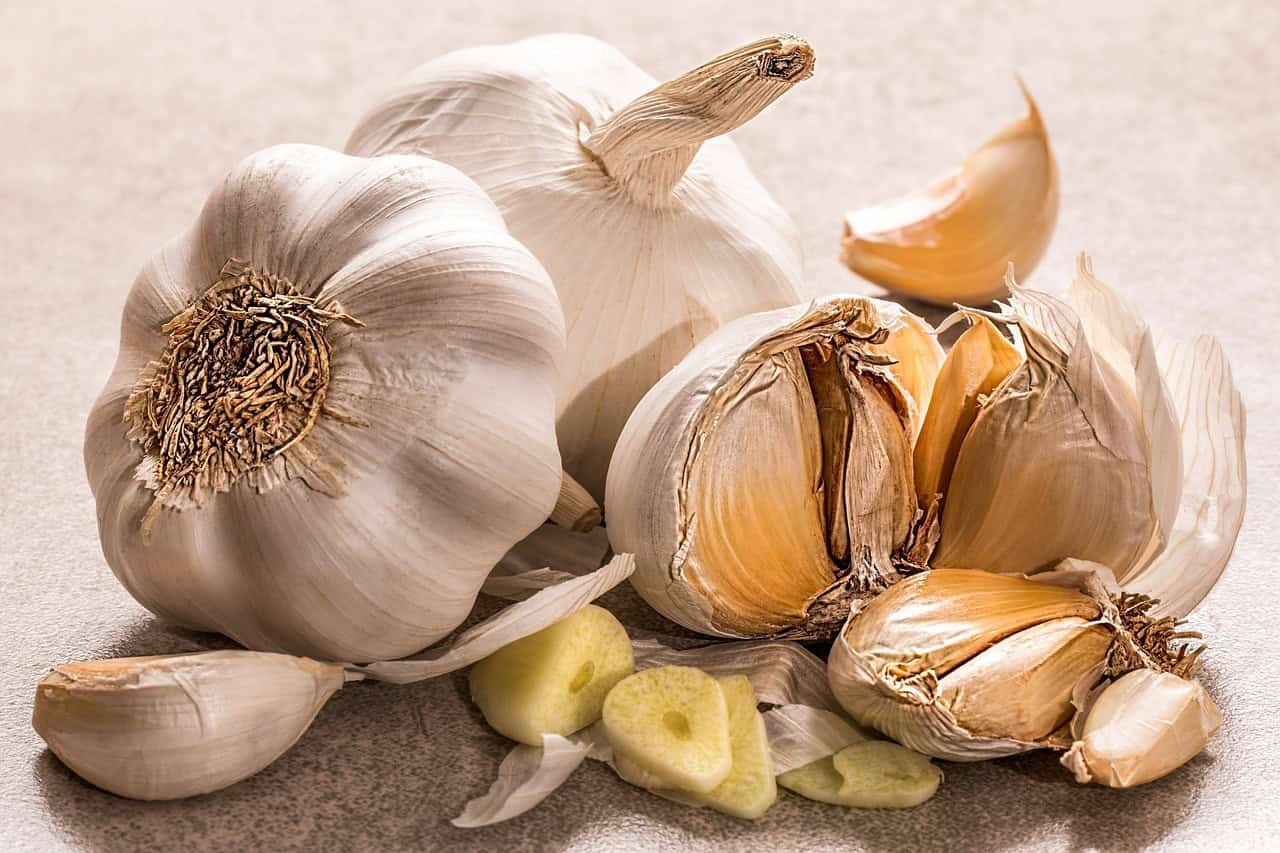If you’re a resident of planting zone three, you may be curious about the best crops for your region. The harsher climate and shorter growing season can make it tricky to determine which fruits and vegetables will flourish. To help you overcome these challenges, I’ll share my insights on the most suitable produce for zone three gardens and provide some practical tips to ensure your plants thrive.
Zone Three Gardening Tips
In zone three, winters can be quite lengthy, making it challenging to cultivate crops. The freezing temperatures rarely persist long enough for fruits or vegetables to mature. However, there are ways to overcome this obstacle. One approach is to start seeds indoors, which provides plants a head start on the growing season when you transplant them outside. Another option is to utilize a greenhouse, whether heated or unheated.
A heated greenhouse allows you to produce a variety of crops throughout the year, while an unheated one can still extend your growing seasons. Some of these options also involve perennials that require proper care through pruning and mulching to insulate them from cold temperatures. With minimal effort, they should thrive year after year.
Plants Which Thrive in Planting Zone Three
Apples
Imagine your garden flourishing with the sweet aroma of ripening fruit. To get started, let’s introduce a dwarf tree to your outdoor space. Even small yards can accommodate these compact varieties. For instance, dwarf apple trees typically bear fruit within three to five years, whereas their full-size counterparts may take up to eight years to produce. With regular pruning and pest management, you’ll be enjoying a bountiful harvest of snacking and preserving apples in your zone.
Cherries
While cherry trees can be a wonderful addition to any garden, it’s essential to remember that they require patience and proper care before they start producing fruit. With consistent maintenance, however, you can expect them to provide bounty for years to come. Furthermore, their beautiful blossoms and lush foliage add a touch of elegance to your property, making them a valuable asset in both form and function.
Crabapple
While crabapples may not be as widely cultivated today as they once were, they remain a fascinating fruit with many uses. In fact, one of the most appealing aspects of growing crabapples is their ability to produce fruit year after year, provided proper care is given. And, as an added bonus, crabapple jelly is a delicious treat that can be easily made from the fresh fruit.
Plum
With several smaller plum trees flourishing in my yard, I’m expecting a bountiful harvest soon. These compact trees may be smaller, but they’ll still yield an impressive quantity of plums. Not only are plums a nutritious snack option, but they can also be transformed into delectable preserves and jellies. If you’re looking to diversify your spread options for toast or other treats, planting a plum tree could be a great addition to your property.
Pear
As a child, I was forced to consume pears for lunch daily by my preschool teacher, leading me to develop a lasting aversion towards them. Fast forward to adulthood, I found myself married to someone who shares a passion for pears that rivals my enthusiasm for apples. If you’re fortunate enough to have pear enthusiasts in your family circle, consider planting a pear tree in your yard and reap the rewards of a bountiful harvest.
Apricot
While many individuals overlook apricots when planning their edible landscapes, this fruit is definitely worth considering. Its versatility allows for a wide range of culinary applications, including the creation of delectable jams and preserves. But that’s not all – apricots also pair well with various meats, making them an excellent addition to savory dishes.
Whether you’re looking to add some sweetness to your meals or seeking inspiration for new recipe ideas, apricots are certainly a fruit worth getting familiar with.
Blueberries
I’m fortunate enough to cultivate a sizeable array of blueberry bushes in my yard, courtesy of the previous property owner’s generosity. One of the many perks of having so many is that they’re relatively low-maintenance and yield an impressive bounty. However, the downside is that by the end of the season, your fingers will likely be feeling the strain from all the picking. Still, I consider this a ‘problem’ worth having.
Raspberries
Are you a fan of sweet and tangy treats? If so, you might want to consider adding raspberry bushes to your gardening space. As perennials, these plants are relatively low-maintenance, requiring only minor pruning each year. And the best part? They’ll produce a bountiful harvest, depending on how many bushes you have planted. With minimal upkeep and a steady supply of fresh fruit, why not give raspberries a try?
Grapes
Among my backyard’s lush greenery, a bounty of grapes has taken root. Their vibrant presence adds a pop of color to the landscape, but what I cherish most is their incredible productivity. These luscious fruits are a treasure trove for creating delicious grape juice and wine. What’s more, they have the remarkable ability to flourish even more abundantly each subsequent year.
Watermelon
While it’s true that watermelon thrives in warmer climates, don’t let the assumption fool you – with proper indoor seeding and care, you can still enjoy a bountiful harvest even if your growing season is shorter. In fact, starting seeds indoors allows for ample time to nurture young plants before transplanting them outdoors. Just be prepared for the vines to spread far and wide, potentially becoming an innovative way to minimize lawn maintenance or create natural pathways in your yard.
Arugula
Arugula is a staple crop in my garden, providing a burst of flavor and excitement to our salads and meals. With an abundance of lettuce consumed at home, I find that arugula’s distinctive peppery taste offers a delightful change of pace. Its versatility allows it to seamlessly substitute for other leafy greens, making it a valuable addition to any kitchen.
Beans
For garden enthusiasts, green beans are a delight to cultivate. These resilient plants thrive in a variety of environments and offer a bountiful harvest with minimal maintenance. In areas with shorter growing seasons, they’re an ideal choice for ensuring a steady supply of fresh produce. With proper care, even the smallest gardens can yield an abundance of green beans, making preservation a feasible option.
Beets
While my husband can’t get enough of pickled beets, and my stepdad enjoys savoring them solo, whether you’re a fan of beets or not, there’s one thing to consider: growing your own. As a root vegetable, beets thrive in cooler climates, making zone three an ideal spot for cultivating this tasty treat. With its cold-hardy nature, beets are an excellent choice for gardeners in this region.
Bell Peppers
As a gardening enthusiast, I look forward to growing bell peppers every year. While I typically stick to basic green varieties, I also like to mix things up with a few multi-colored ones for added visual appeal and nutritional benefits. The theory goes that the more colors you incorporate into your diet, the greater the array of nutrients you’ll absorb. Bell peppers are an excellent way to tap into this concept, providing a vibrant burst of color in every bite.
To get started, I recommend beginning with indoor seedlings and then transplanting them to your garden when the weather warms up. This approach allows me to cultivate a stunning display of colors, from classic green to striking yellows, oranges, and even purples, all while reaping the rewards of a healthy and flavorful harvest.
Broccoli
When it comes to broccoli, cooler temperatures are its best friend. As soon as the weather warms up, things can start to go awry – the heads will begin to sprout and eventually turn into seeds. This makes colder climates an ideal spot for growing broccoli. However, you’ll need to plant a larger quantity to ensure a decent harvest, as each individual plant has its own yield limitations.
Brussels Sprouts
As a child, I had an aversion to Brussels sprouts, unsure of the reason why – perhaps my fondness for cabbage overshadowed any affinity for the former. However, a life-changing experience awaited me when I stumbled upon a restaurant serving Brussels sprouts in a tangy mustard sauce. It was love at first bite! If you’re as enamored with this cruciferous delight as I am, consider cultivating them yourself.
In colder climates, the conditions are ripe for success – a perfect opportunity to reap the benefits of your labor.
Cabbage
When discussing Brussels sprouts, it’s impossible not to mention their close relative, cabbage. This versatile plant is not only easy to cultivate but also simple to store, making it a popular choice among gardeners and cooks alike. Like Brussels sprouts, cabbage thrives in colder climates where pests are less prevalent, allowing for a bountiful harvest.
For those who enjoy preserving their produce, cabbage can be stored in a root cellar or through other methods, ensuring a steady supply of fresh, crunchy leaves all year round.
Celery
Celery, often perceived as a challenging crop to cultivate in warmer climates, surprisingly thrives in cooler temperatures. This unusual preference for chilly weather puts some growers at an advantage, especially those who appreciate the classic combination of peanut butter and celery. With proper care, celery can flourish in these conditions, making it an ideal choice for gardeners in zones that experience cold winters.
Onions
While onions are a staple ingredient for many cooks, few realize the benefits of growing their own. Not only do homegrown onions offer unparalleled flavor, but they’re also an economical choice. By starting from seeds and storing them in a root cellar, you can enjoy a steady supply of fresh onions throughout the year.
Peas
While I’m the first to confess my affection for peas, shelling them can be a laborious task. Yet, it’s not enough to deter me from cultivating them. If, like me, you’re a pea enthusiast, this zone is an ideal spot to grow them. Green peas are particularly well-suited to cooler climates and will likely yield a bountiful harvest if provided with the right conditions.
Parsnips
Ready to shake up your root vegetable game? Consider trading in traditional carrots for parsnips, which share a similar family tree but boast a unique flavor profile. Not only do they thrive in containers, making them an ideal choice for smaller gardens, but they also require loose soil that allows their natural growth habit to flourish.
Pumpkins
For those who revel in the joys of baking and decorating with pumpkins, consider taking your passion to the next level by growing your own. Zone three gardeners, in particular, may find that pumpkin cultivation is a rewarding experience, but it’s essential to initiate the process indoors by sowing seeds. This early start will enable you to harvest your pumpkins before the first frost sets in.
Rutabagas
While rutabagas might not be as well-known as some other vegetables, they’re definitely worth considering if you’re looking to add some variety to your garden. This root vegetable is actually a cross between a turnip and a cabbage, making it a unique addition to any vegetable patch. And the best part? Zone three is an ideal location for growing rutabagas, providing them with the perfect conditions to thrive.
Spinach
Spinach is a nutrient-dense vegetable that thrives in conditions where many others struggle to survive. Its hardiness allows it to flourish in cooler temperatures, making it an ideal crop for gardeners who want to grow something even in the dead of winter. In fact, with the right protection – such as a greenhouse or cold frame – you can harvest spinach with snow on the ground, making it a great choice for those who want to extend their growing season.
Strawberries
Are you a fan of fresh fruit? If so, growing your own strawberries is an excellent idea. Not only do they add a burst of flavor to salads and desserts, but they’re also a nutritious snack option. What’s more, strawberry plants are known for their prolific production – the more years you tend to them, the more fruit you’ll harvest. This makes them a fantastic addition to any garden or outdoor space.
Sweet Potatoes
Are you looking to mix things up from traditional potato cultivation? Consider giving sweet potatoes a try! These delicious tubers thrive in warmer temperatures, making them an ideal choice for those who want to grow their own. To ensure success, start your sweet potato journey indoors and transplant or opt for a warm greenhouse setting – the perfect way to coax these tasty treats into production.
Tomatoes
While it’s true that tomatoes are typically grown in warmer climates, this doesn’t mean that those living in planting zone three are out of luck. To successfully cultivate these fruits, you’ll need to start seeds indoors or within a greenhouse environment. However, if you do choose to plant them outdoors, you can easily transition them under a cold frame when the threat of frost looms, ensuring their continued health and vitality.
Turnips
Turnips can be cultivated for two primary reasons: the edible root and its nutritious greens. As a cool-season crop, turnips thrive in colder temperatures. It’s essential to note that turnips possess a pronounced bitterness, making them an ideal choice for those seeking a pungent flavor. If you intend to harvest the greens exclusively, consider utilizing a cold frame or greenhouse to shield your plants from frost and preserve their delicate flavor.
Chives
As we’ve explored various vegetables and fruits suitable for planting zone three’s colder climate, let’s not forget about the numerous herbs that can thrive in these conditions. Chives are an excellent example, offering a versatile addition to recipes with its delicate flavor. Moreover, chives exhibit robust growth in this region, making them an ideal choice for gardeners looking to add a touch of freshness and variety to their culinary creations.
Garlic
If you’re a fan of bold flavors in your cooking, there’s a good chance garlic is one of your go-to ingredients. If that’s the case, have you considered growing your own? Not only does it offer an abundance of flavor, but it’s also surprisingly easy to cultivate and store. Plus, by fermenting your homegrown garlic, you can unlock even more health benefits, particularly for gut health.
Peppermint
For enthusiasts of brewing their own herbal teas, growing peppermint in Planting Zone 3 can be an excellent choice. The plant thrives in the colder climate, making it an ideal option for those living in this zone. Additionally, peppermint has a natural ability to reproduce, which can sometimes lead to unwanted spread. To maintain control over its growth, consider cultivating it in containers.
Squash
Squash is an ideal crop for gardeners with limited space, as it allows for a significant yield despite its modest initial investment. One of the most impressive aspects of squash is its versatility; not only can you harvest a bountiful supply from a small planting area, but you also have the ability to preserve your bounty through dehydration or freezing.
These straightforward preservation methods make squash an excellent choice for novices in gardening, as they require minimal equipment and expertise.
Cucumbers
For gardeners seeking a low-maintenance yet bountiful harvest, cucumbers are an excellent choice. These versatile vegetables require minimal planting to yield a substantial crop, making them ideal for small spaces and busy gardeners alike. Whether you prefer crunchy slices in salads or tangy pickles, growing just one or two cucumber plants can provide a steady supply of fresh produce throughout the season.
Their adaptability to containers also makes them a great option for those with limited grow space, as smaller varieties thrive in compact conditions.
Potatoes
When it comes to cultivating traditional potatoes, colder climates provide an ideal environment for growth. The versatility of this staple crop is remarkable, as you can opt for Irish potatoes, fingerling varieties, or even ones with unique colorations. Despite the differences in type, all share a common trait: they thrive in soil and perform admirably in cooler temperatures, making them prolific producers.
For those seeking a steady supply of fresh vegetables, potatoes should be a top consideration, offering a reliable and rewarding harvest.
Chamomile
If you’re fond of herbal teas and aromatherapy, you might be interested in cultivating chamomile, a plant renowned for its calming properties. Whether you plan to use it in tea blends or incorporate it into your cleaning routine, this versatile herb is definitely worth considering, especially if you reside in planting zone three where the climate is suitable for growth.
Parsley
In cold climates, herbs are an invaluable ally for any gardener. Not only do they require minimal care and maintenance, but they also offer a wealth of flavor to enhance the other crops you grow. One such herb that thrives in zone three is parsley – a versatile addition to any dish. Its delicate leaves make it perfect as a garnish or added fresh to cooked meals, providing a burst of flavor and freshness.
Sorrel
During my inaugural year tending to my garden, I decided to take the plunge and grow sorrel, an ingredient that was completely foreign to me at the time. Despite being uncharted territory, I found myself thoroughly enthralled with the process of nurturing this unique plant. Fast forward a few seasons, and I’m now eager to share my enthusiasm for sorrel with fellow gardening enthusiasts.
Radishes
Radishes are an excellent choice for planting in zone three, as they thrive in cooler temperatures. They can be grown in cold frames or greenhouses, making them a versatile option. What’s more, radishes have the unique ability to mature from seed in just 45 days, making them an ideal crop for small growth windows. This fast production rate is particularly valuable when you have limited time to tend to your garden.
In addition to radishes, there are many other vegetables, fruits, and herbs that can be successfully grown in zone three. Despite the cold temperatures and short grow times, you can still cultivate a wide variety of crops. Experiment with different varieties and growing techniques to find what works best for your climate and preferences. With a little creativity and experimentation, you can enjoy a bountiful harvest and preserve some of those fresh goodies for the colder months ahead.
